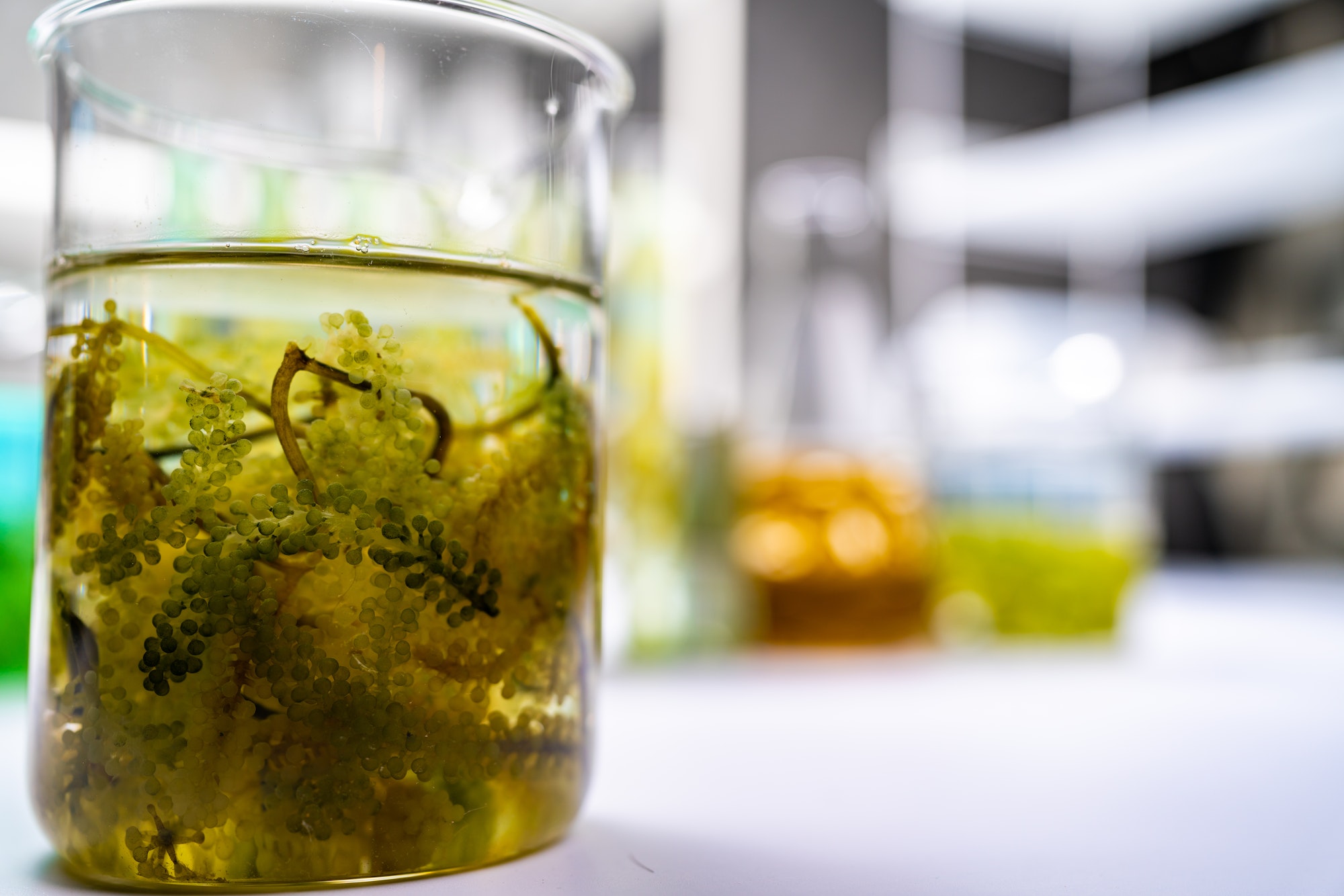Microalgae have gained significant attention in recent years due to their potential applications in various sectors, such as biofuels, pharmaceuticals, nutraceuticals, and animal feed. Microalgal cultivation systems are essential for the large-scale production of microalgae biomass and their bioproducts. Among the different cultivation systems available, closed photobioreactors (PBRs) have emerged as a promising technology for microalgae cultivation. This article discusses the advantages and limitations of closed PBRs and provides an overview of their role in microalgae cultivation.
Closed photobioreactors are closed systems that provide a controlled environment for microalgae growth. These systems consist of transparent or translucent materials that allow light penetration for photosynthesis. Closed PBRs can be divided into two main categories: tubular and flat-panel PBRs. Both types have been extensively studied and applied for microalgae cultivation at various scales.
One of the main advantages of closed PBRs over open systems (such as raceway ponds) is their ability to maintain a stable and controlled environment for microalgae growth. In closed PBRs, factors such as temperature, pH, nutrient concentrations, and gas exchange can be easily controlled and optimized according to the specific requirements of the microalgae strain being cultivated. This leads to higher biomass productivity and better quality of the produced biomass compared to open systems.
Another advantage of closed PBRs is their reduced risk of contamination. Open systems are prone to contamination by other microorganisms, such as bacteria, fungi, and competing algae species, which can negatively affect microalgae growth and biomass quality. In contrast, closed PBRs provide a more sterile environment that minimizes the risk of contamination.
Additionally, closed PBRs offer better light utilization efficiency compared to open systems. In open systems, the light penetration depth is limited due to self-shading effects caused by high cell densities. In closed PBRs, the light distribution can be optimized by adjusting the PBR geometry and spacing between adjacent tubes or panels. This results in higher photosynthetic efficiency and improved biomass productivity.
Despite their advantages, closed PBRs also have some limitations. One of the main challenges associated with closed PBRs is their high capital and operational costs compared to open systems. The construction of closed PBRs requires expensive materials and specialized engineering, which can significantly increase the initial investment costs. Moreover, the energy requirements for maintaining a controlled environment (e.g., temperature control, gas exchange, mixing) are higher in closed PBRs than in open systems.
Another limitation of closed PBRs is the potential for biofouling, which refers to the accumulation of microorganisms and organic matter on the inner surfaces of the PBR. Biofouling can reduce light penetration and gas exchange efficiency, leading to decreased biomass productivity. Regular cleaning and maintenance are required to prevent biofouling and ensure optimal performance of closed PBRs.
In conclusion, closed photobioreactors offer several advantages over open systems for microalgae cultivation, including better control over growth conditions, reduced risk of contamination, and improved light utilization efficiency. However, their high capital and operational costs, as well as potential biofouling issues, need to be carefully considered when selecting a suitable cultivation system for large-scale microalgae production. Continued research and development efforts are needed to further optimize closed PBR designs and operation strategies to enhance their economic viability and competitiveness in the microalgae industry.


